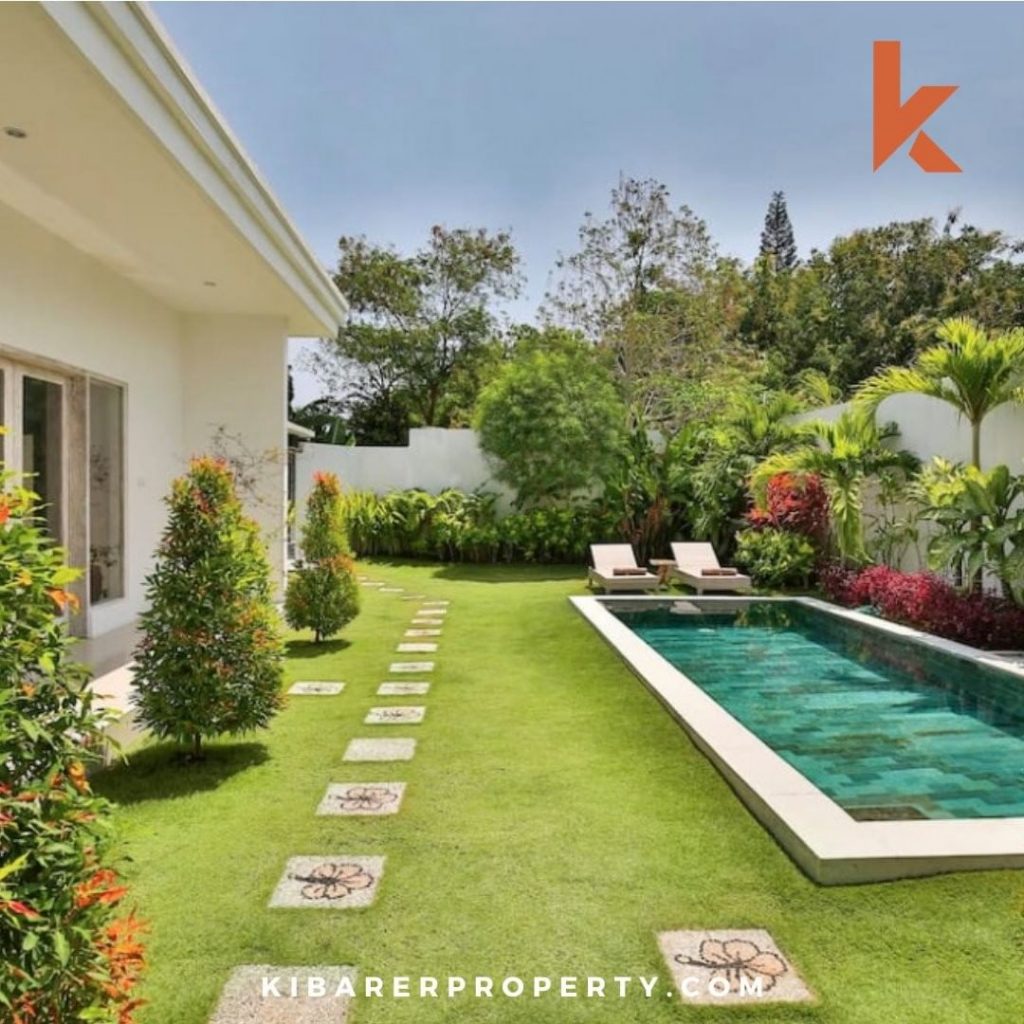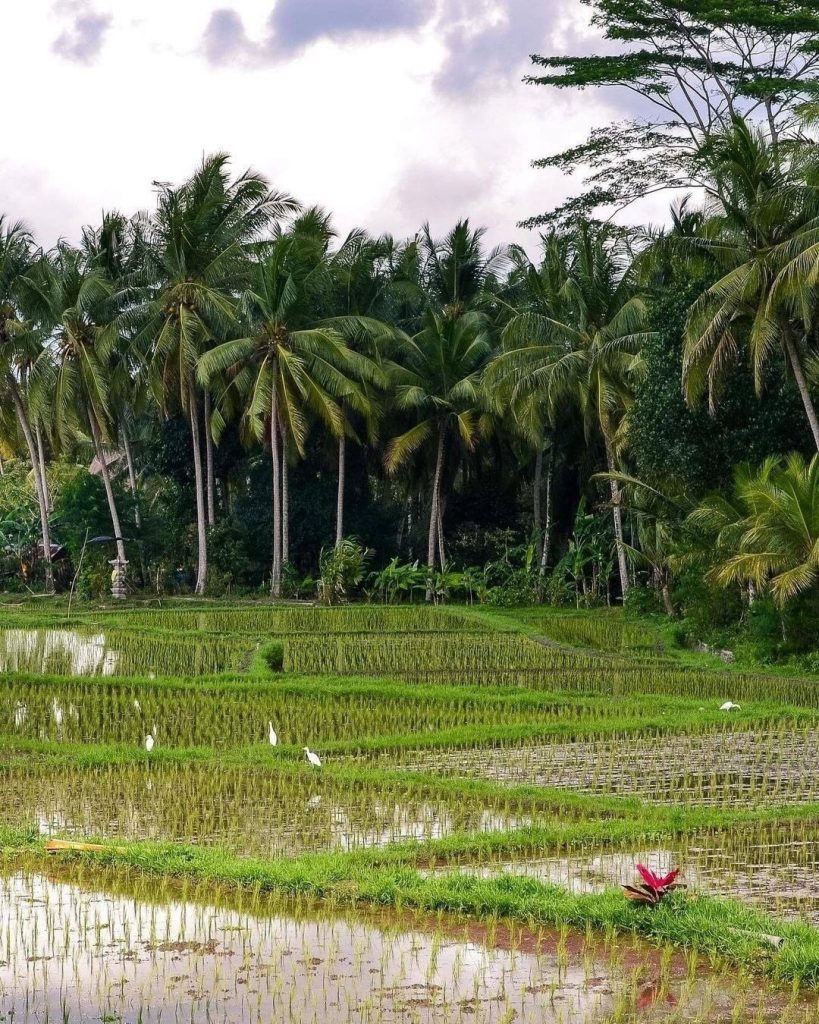
So, you’re going to build villas in Canggu? One of the most gratifying locations to live is on the beach, and Canggu is one of the prime beachfront locations in Bali. Having a villa near Canggu’s excellent surfing beaches also come with huge profit. Afterall, this little coastal town is highly desirable among tourists and its popularity is skyrocketing within the past 10 years.
However, constructing in such a coveted area comes with its own set of challenges. Building a house in coastal region will be different from building one in the city or mountain. So, here we have compiled some tips you need to consider before building your dream tropical house in Canggu. Aside of that, we also recommend working with a local architect or designer, as well as local engineers that have expertise constructing in coastal conditions, to ensure you get the most value out of your investment.
Building Canggu Villas Near the Water
The oceanfront will always be a prime location that sells fast—especially as a vacation rental. However, being in the frontline of the beach comes with a challenging terrain. If your location happened to be in the sandy area, you might need a special foundation design. Post and pier foundations are great for oceanfront Canggu villas. Your seaside vacation house will be protected against water damage and harsh weather conditions with a post and pier foundation. These raised beach cottages are ideal for locations that are prone to floods. When you’re on the upper deck, the raised flooring will also provide you a better bird’s-eye perspective of the surroundings.
Building the Villas in Former Rice-Field Plot
In several parts of Bali, new structures are being constructed on the sites of old rice fields. Especially in newly developed region like Canggu. To prepare the ground, paddy fields are covered with a layer of white coral stone that is typically 1 meter thick and on which the structure is constructed. If the home being constructed is very large, the fill may not be compacted well and may subside (many are these days). The expansion and contraction of the muck in the paddy is the most common cause of difficulties. Paddy fields’ muck has been worked to retain as much moisture as feasible. It compresses significantly during the dry season before expanding again during the rainy season, which is not ideal under a home. Thus, you will need specific strategies to build a house in such terrain.
Preparing the Former Rice-Field Plot for Your Canggu Villas

The first step you need to take is to ensure that the ground is stable. It should be adequately compacted if it has been filled. If the area used to be paddy fields, having the muck cleaned before filling the site is a smart idea.
After that, you need to ensure that the foundation is solid. It should be planned properly by a technically competent individual, and construction should be continuously monitored to ensure that the design specifications are met. Reinforcing steel should have the diameter required by the engineer, and concrete should have a suitable cement content. Keep in mind that to save money, local builders may frequently reduce the size of reinforcing steel or the cement content in concrete.
Lastly, ensure that the building has a well-designed integrated structure that allows it to function as a single unit. If the earth shifts, the home will shift as well.
Related Stories to Read:
Owning Bali Holiday Villas: What Nobody Tells You About
Seminyak Villas – Top Factor to Watch When Buying One
Choosing Materials for Your Villa
The corrosive tendency of sea salt is another problem for coastal buildings, and it may influence many external material choices. Therefore, material selections is very important if you want to build a high-quality, durable villas in Canggu.
Woods & Composite – Choose materials that can endure exposure to sea air and are naturally resistant to harsh weather, such as decay-resistant woods or composite materials that require little or no care.
Metal – Metal is a robust and durable material. However, it is sensitive to salt air if left exposed. Cedar and concrete are both excellent choices since they are both durable and weather resistant while also being attractive.
Non-Wood Composite – Non-wood composite materials such as fiberglass and non-cellular PVC plastic, which are more weather resistant, should be used for all external trim and siding.
Seam Metal Roof – This material is indeed more costly. However, they can provide superior wind and corrosion protection. Standing seam metal roofs also give off a strong architectural appearance, which can be a plus for a luxury ambience it gives to your villa.